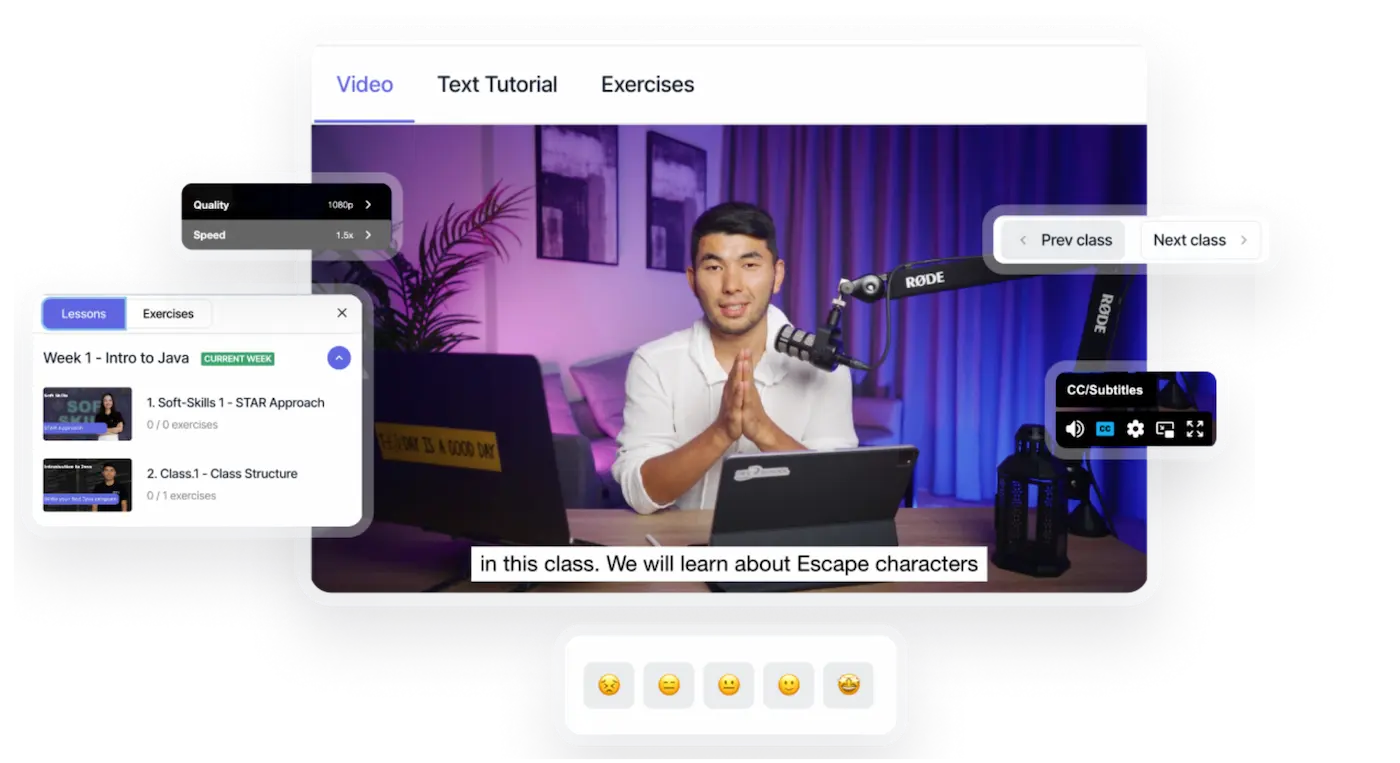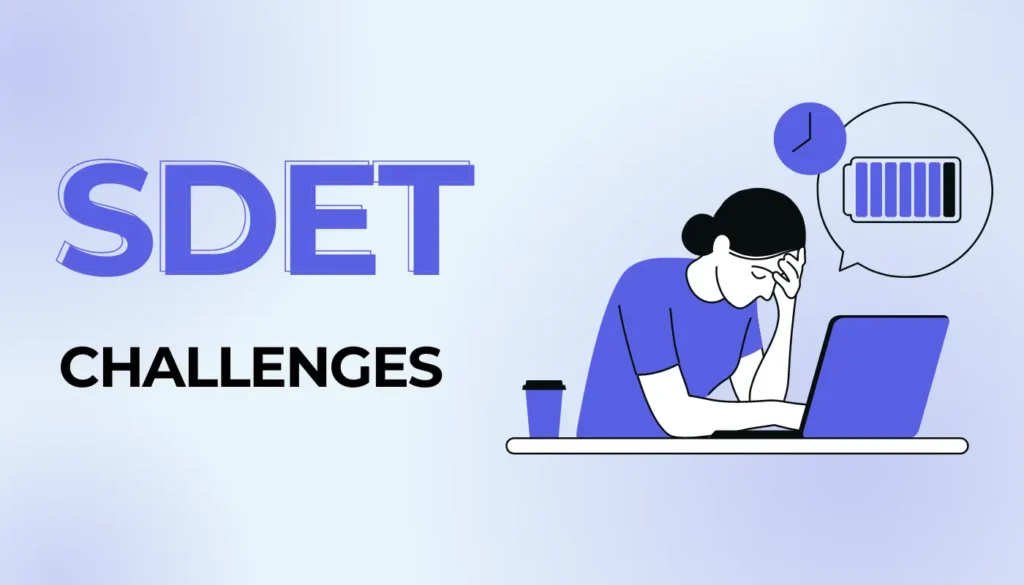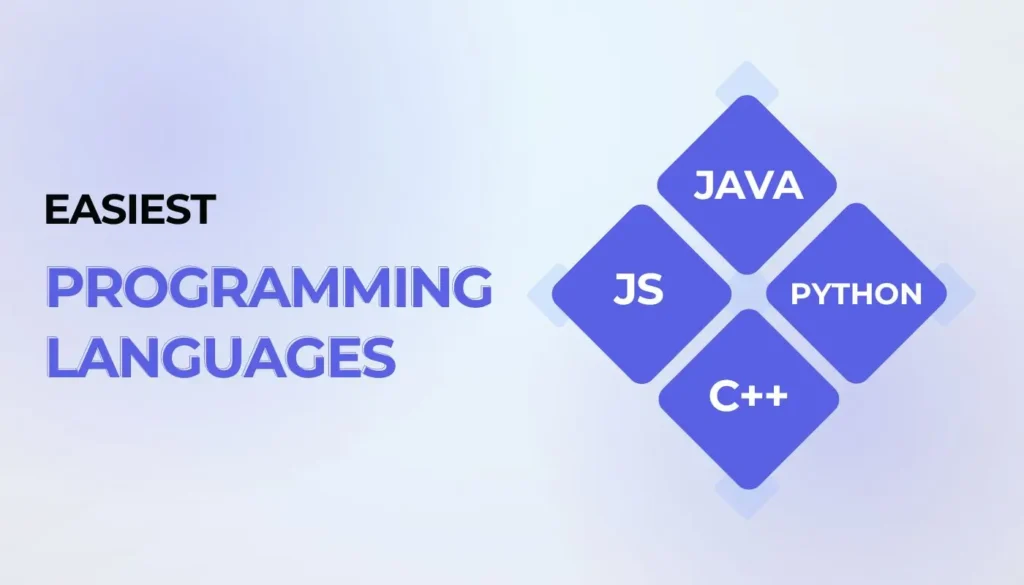SDET stands for Software Development Engineer in Test. SDET is the combination of a developer and a test engineer.
An SDET is involved in the project from its planning stage. They can help to automate the testing process. An SDET must have a strong grip on software development as well as on software testing. In short, SDET is a combo of two skills software development and software testing.
What is SDET?
SDET full form is Software Development Engineer in Test. SDET is a software QA engineer specializing in software testing. Software Development Engineers in Test (SDETs), or Quality Assurance Engineers, harness their acumen in software engineering and testing to mechanize tests, construct comprehensive test strategies, and orchestrate test implementations. A major SDET role is collaborating closely with developers. they ascertain the adherence of software to exacting quality benchmarks. quality engineering and software development
The heightened demand for Software Testing Engineers stems from their ability to enhance software quality for companies. Take any big name – Microsoft, Google, Amazon, Adobe, or Expedia for example. They all need the best SDETs to streamline their software development processes.
With their skills of test automation and thorough experience with test management tools, Software QA Engineers enable developers to concentrate on coding. In fact, they also play a crucial role in early bug identification and security protocol testing during the development phase. This proactive approach saves companies valuable time and resources in the long term. “If you don’t like testing your product, most likely your customers won’t like to test it either.” – Anonymous
The History of Software Testers
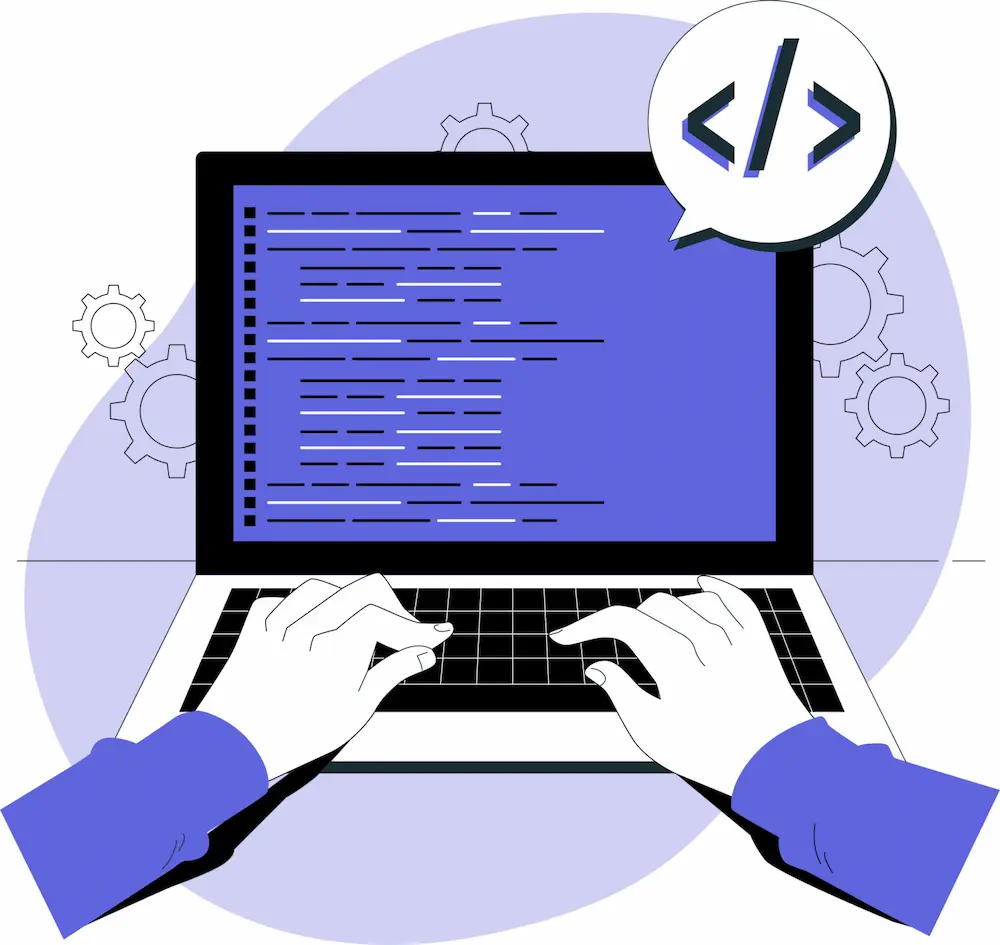
Roles And Responsibilities Of Software Testing Engineers
Software Development Engineers in Test have a wide range of responsibilities, including:
- Automating tests
- Developing test plans
- Executing test cases
- Working with developers to ensure that software meets quality standards
- Identifying and fixing bugs
- Analyzing test results
- Reporting on test progress
- Keeping up with the latest testing technologies
SDET Test Types You Should Know About
Software Development Engineers in Test (SDETs) ensures that applications are robust, scalable, and error-free. Right? See—here’s how SDETs engage with various test methodologies to enhance the quality of software products:
Shift-Left Testing
Shift-left testing involves integrating testing early in the development process to detect and fix issues sooner, thus reducing the cost and time to resolve them. SDETs implement automated tests and continuous integration tools to facilitate sift-left testing processes.
Test-Driven Development (TDD)
In Test-Driven Development (TDD), test cases are written before the software itself. SDETs write tests that define desired functionalities, which fail initially, and then they develop software to pass these tests, ensuring that the code meets the specified requirements from the start.
Load Testing
SDETs use load testing tools like JMeter, LoadRunner, or Gatling to simulate a large number of users interacting with the application. It is done to test how the system behaves under significant load, all while identifying performance bottlenecks.
Cross-Browser Testing
This ensures that web applications offer a consistent experience across various browsers. SDETs use tools like Selenium or BrowserStack to automate testing across multiple browser environments.
Mobile Testing
Mobile testing is crucial as applications must perform well across a multitude of devices. SDETs develop automated mobile testing frameworks using tools like Appium or Espresso to ensure functionality, usability, and consistency on mobile platforms.
Cloud-Based Testing
Cloud platforms offer scalable resources for testing applications. This allows SDETs to perform cloud-based testing that might not be feasible on local machines due to resource constraints. Tools like Sauce Labs and AWS Device Farm are commonly used.
User Acceptance Testing (UAT)
User Acceptance Testing (UAT) is the final phase of testing to ensure the software meets business needs. SDETs coordinate with business stakeholders to design UAT tests and often automate the acceptance testing process to validate functionality against business requirements.
Defect Tracking
SDETs uses tools like JIRA or Bugzilla to track and manage defects efficiently. These defect tracking systems help prioritize bugs, track their status, and facilitate communication between developers and testers.
What are Key Performance Metrics for SDETs?
Software Development Engineers in Test (SDETs) are crucial in ensuring that software applications meet quality standards through testing and automation.
Organizations can use the following performance metrics to better understand the performance and impact of their SDETs for improved software quality and more efficient development processes:
Test Coverage – This metric measures the extent to which the source code is executed when the test suite runs. High test coverage indicates a lower likelihood of undetected software bugs.
Bug Detection Rate – The efficiency of an SDET in finding bugs before the software is released. This can be quantified by the number of bugs identified during the testing phase versus the number identified post-release.
Automated Test Creation Rate – The number of automated tests created within a certain period. This metric helps in evaluating the SDET’s ability to scale testing through automation.
Test Execution Time – Measures the time taken to run tests. Efficient test execution is crucial for quick feedback and agile development cycles. Reducing the execution time without compromising on test coverage is a valuable skill for an SDET.
Defect Removal Efficiency (DRE) – This metric calculates the percentage of defects found and fixed before software release compared to the total defects found. It is a measure of how effectively the testing process removes defects.
Code Quality Metrics – Including static analysis defects, complexity measures, and maintainability index. These metrics help assess the quality of the code from a maintainability and readability perspective.
Failover and Recovery Testing – Evaluates the system’s ability to handle and recover from failures. The metric assesses the robustness and reliability of the system under test.
Test Flakiness – Measures the consistency of test results. A lower rate of flaky tests indicates more reliable testing processes and results.
Test Maintenance Effort – The effort required to maintain and update test cases and test environments. Lower maintenance effort indicates more durable and adaptable tests.
Customer or User Reported Issues – Tracking the number of issues reported by users post-release can provide insights into the effectiveness of the testing cycle and user satisfaction.
Why Are Companies Paying Top Dollar to Hire SDETs?
The demand for Software QA Engineers is growing, and salaries are rising accordingly. In 2023, the average salary for Software Testing Engineers in the United States was $117,000. However, salaries can vary depending on experience, location, and company, $77,000 for a QA tester in July 2022, for instance.
There are a few reasons why SDET salary is higher. Companies are willing to pay significant money to hire Software Development Engineers in Test. In the software development landscape, QA engineers stand as pillars of excellence, actively elevating the quality standards of software products.
One should keep in mind that there is a clear difference between SDET and tester. Their pivotal contribution not only ensures superior software quality but also translates into substantial long-term savings, both in terms of time and financial resources. Secondly, the indispensable role of Quality Assurance Engineers becomes even more pronounced as they play a crucial part in mitigating the risk of software failures.
This becomes especially paramount for companies whose operations hinge significantly on the seamless functionality of their software systems. The multifaceted impact of QA engineers encompasses not only the immediate improvement of software quality but also a profound influence on the overall resilience and reliability of software applications. By automating tests, SDETs can free up developers to focus on development, which can lead to faster time to market.

When Do You Need An SDET?
As IT becomes an increasingly important part of businesses of all sizes, the need for skilled Software Development Engineers in Test is growing. Quality Assurance Engineers are software development engineers in testing, who combine the skills of a software developer with the skills of a software tester. This makes them uniquely qualified to automate software testing, which can save businesses time and money.
Businesses often require the expertise of an Software Testing Engineers for various reasons. Whether developing a new software product or using existing software, a Software QA Engineer becomes crucial for automating testing processes.
This ensures thorough testing pre-release, confirming proper functionality and compatibility with new hardware and software. For businesses seeking efficiency and comprehensive software testing, hiring a Quality Assurance Engineer like an Software Development Engineer in Test is a strategic move. They not only automate testing, freeing up resources for other tasks but also guarantee meticulous testing before market release.
AI POWERED
CODING PLATFORM
- DEVXAI ASSISTANT
- 300+ CODING EXERCISES
- REAL-LIFE CODING EXERCISES
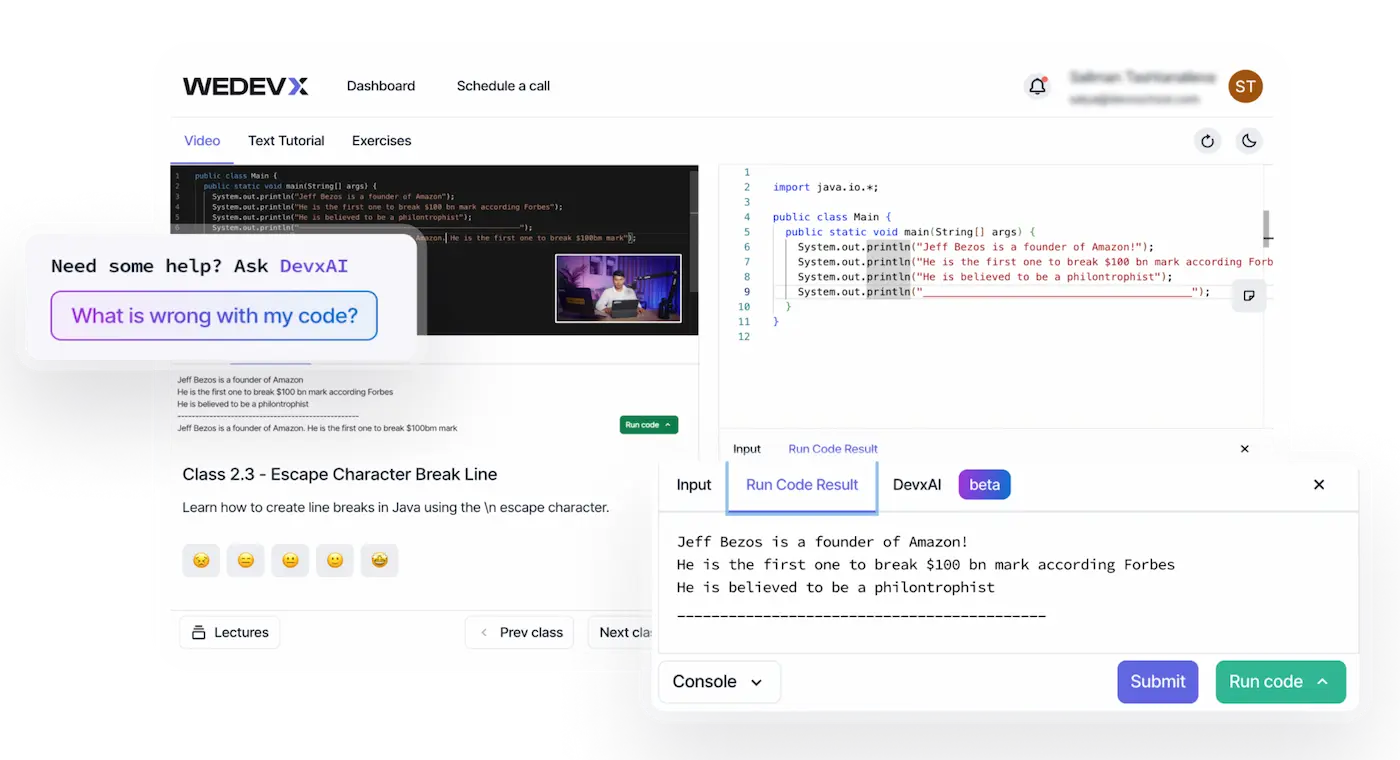
What Skills Do You Need to Become a Software QA Engineer?
If you’re interested in becoming a Software Development Engineer in Test, there are a few skills you’ll need to develop. These include:
- Strong understanding of software engineering principles
- Experience with software and application testing
- Ability to work independently and as part of a team
- Excellent communication skills
- Ability to learn new technologies quickly
How long will it take to become a Software Tester Professional?
To get things going in Quality Assurance most companies are looking for employees with 3 years of experience for lower-level positions and 10-15+ years for top-tier positions. QA Engineer enthusiasts are expected to study and show good results and portfolios after 1 year of study for entry-level positions.
The Skills and Responsibilities of SDETs
Software Development Engineers in Test require a comprehensive grasp of software engineering and testing, a prerequisite that aligns with expectations. Their role demands proficiency not only in coding but also in comprehending test design principles.
Moreover, Software Testing Engineers are expected to operate effectively both independently and collaboratively within a team. Test results should be precise and properly logged, to be repeated by any other team member. An SDET must also be able to learn new technologies quickly and quickly adapt to trends.
Some of the specific skills that Software Testers need to have include:
- Advanced programming capabilities encompassing various languages, such as Java, Python, and C++
- Knowledge of test automation frameworks, such as Selenium and JUnit
- Experience with different types of testing, such as unit testing, integration testing, and system testing
- Capability to write clear and concise test documentation
- The ability to work independently and as part of a team
- Passion for learning new technologies quickly
- Adaptability to change
- Soft skills, such as effective communication, decision-making, problem-solving, and innovation.
List of Powerful SDET Tools
Possessing a well-curated arsenal of tools is pivotal in amplifying your efficacy and impact as a QA Engineer. Irrespective of whether you are a seasoned veteran or a newcomer embarking on your odyssey in this arena, the following meticulously selected compilation of potent Engineers in Test instruments is poised to endow you with the requisite resources to flourish in your capacity.
The landscape of software development and testing is continually evolving, and the proficiency of an Software Testing Engineer is contingent on their mastery of cutting-edge tools. This compendium offers a comprehensive overview of tools that cater to various facets of the QA Engineer’s role, ranging from test automation frameworks to performance testing utilities.
- IntelliJ IDEA: A powerful included development surroundings (IDE) for Java and other programming languages, offering advanced coding capabilities and seamless integration with build and checking out frameworks.
- Selenium: An open-supply framework for automating web browsers, permitting testers to put in writing and execute automated checks for net programs across various browsers and structures.
- Cucumber: A behavior-pushed improvement (BDD) device that permits collaboration between builders, testers, and commercial enterprise stakeholders by using imparting a framework for writing executable specs in the simple textual content.
- JUnit/TestNG: JUnit and TestNG are famous Java testing frameworks used for unit checking out, allowing builders and testers to put in writing and run automatic checks to confirm the capability of individual devices or additives of code.
- Jenkins: An open-supply automation server that enables non-stop integration and continuous delivery (CI/CD) pipelines, allowing groups to automate the build, test, and deployment approaches of software programs.
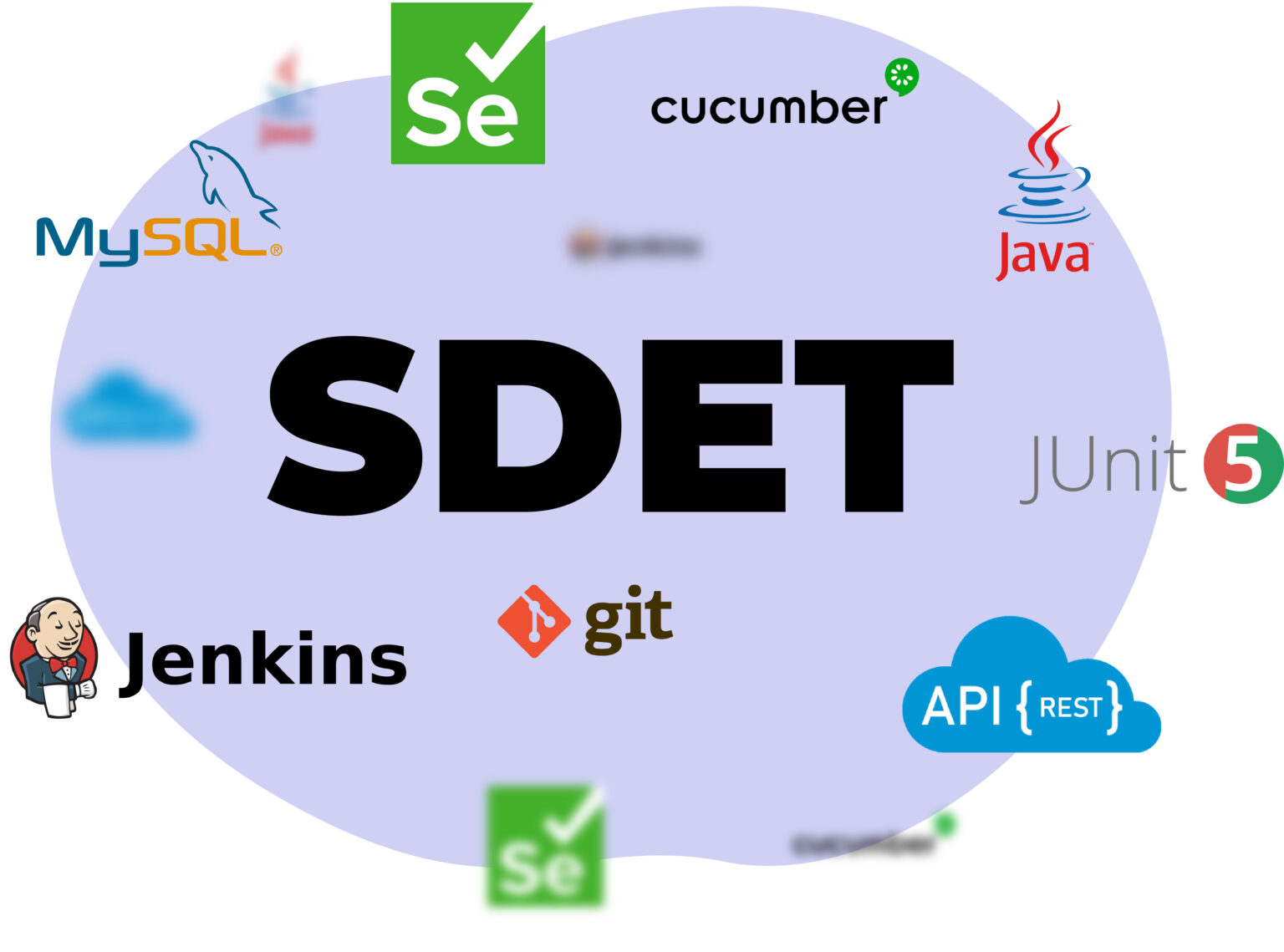
The Benefits of Becoming a Software Tester
Transitioning to a career as an Engineer in testing can offer waide rage of benefits, making it an enticing option. Often people mistake SDETs as testers but there is a fine differences between the two roles First and foremost, QAs are currently in high demand, ensuring ample job opportunities. This transition also opens the door to competitive salaries, surpassing those in certain conventional roles.
Beyond financial rewards, an engineer in test role gets the chance to engage in diverse and stimulating projects, contributing to a more dynamic and fulfilling work experience. This variety not only keeps the job interesting but also facilitates continuous learning and skill development. Moreover, as a Software Tester, you wield significant influence over the quality of software, playing a crucial role in ensuring its functionality and reliability.
Choosing a career as a software Development Engineer in Test represents more than just a job change; it’s a pathway to a profession that offers growth, financial rewards, and the satisfaction of actively shaping the quality of software products. If you are inclined towards software testing, embracing the role of a software testing Engineer can be a transformative step, promising not only a good salary but also a career filled with challenges and accomplishments.
Embarking on a career in software testing opens up the excellent option of becoming an Engineer in Test. Armed with the right skills and experience, being an SDET manager can secure a job that not only offers a good salary but also comes with valuable benefits and comfortable working conditions.
A day in the life of a SDET (Software Development Engineer in Test)
How Can You Become an SDET?
Becoming an Automation Test Engineer offers various pathways. One avenue involves pursuing a degree in computer science or software engineering. Alternatively, obtaining a certification in software testing is another route. Gaining hands-on experience as a manual tester and then transitioning into a Software QA Engineer role is also a viable option.
If you aspire to become an Engineer in Test, here are some steps to embark on your new career:
- Find out about the different roles and responsibilities of a Software Testing Engineer. There are many different roles and responsibilities that a Software Tester can have. Some Software Development Engineers in Test focus on manual testing, while others focus on automation. Some Software QA Engineers work on web applications, while others work on mobile applications. It is important to learn about the different roles and responsibilities so that you can find a role that is a good fit for you.
- Develop your skills in software engineering and software testing Engineers in Test need to have strong skills in both software engineering and software testing. Software engineering skills include programming, debugging, and version control. Software testing skills include test planning, test case design, and test execution. There are many resources available to help you develop your skills in these areas. One great resource is wedevx.co, which offers a variety of courses on software engineering and software testing.
- Get experience working on software projects. The best way to learn how to be an Engineer in Test is to get experience working on software projects. There are many ways to get this experience. You can work on personal projects, volunteer to help with open-source projects or get a job as a manual tester.
- Network with people in the software testing industry. Networking with people in the software testing industry is a great way to learn about job opportunities and get advice from experienced Engineers in Test. There are many ways to network with people in the software testing industry. You can attend software testing conferences, join software testing meetups, or connect with people on LinkedIn.
- Apply for Software QA Engineer jobs. Once you have developed your skills and experience, you can start applying for Software Development Engineers in Test jobs. There are many Software QA Engineer jobs available, so you should be able to find a job that is a good fit for you
- Focus on enhancing your soft skills in order to grow in your SDET role and collaborate more effectively.
Becoming a Software Testing Engineer can be a great career choice. If you are interested in software testing and have the right skills and experience, then you can find a job with a good salary and benefits.
Wedevx offers a variety of courses on software engineering and software testing that can help you develop the skills you need to become a Software Testing Engineer. These courses are taught by experienced Engineers in Test and cover a wide range of topics, including programming, debugging, test planning, test case design, and test execution.
If you are serious about becoming a Software QA Engineer, then I encourage you to check out Wedevx Our courses can give you the skills and experience you need to succeed in this exciting field.
What Is the Future of Software Testers?
The future of Software Development Engineers in Test is bright. As software becomes more complex, the need for Software Testing Engineers will only increase. Engineers in Test will be in high demand for their skills in automating tests, developing test plans, and identifying and fixing bugs.
If you’re interested in a challenging and rewarding career in software testing, then becoming a Software QA Engineer is a great option. With the right skills and experience, you can find a job with a good salary and benefits.
Conclusion
SDET professional is a bubbling mixture of developer, tester, and project manager. This unique skill set makes Software Development Engineers in Test jobs more challenging and highly demanding in the current market.
Software Testing Engineers are responsible for the entire software development life cycle, from planning and designing to development and testing. Engineers in Test must possess a profound understanding of both software engineering and testing principles, showcasing their ability to work both independently and collaboratively within a team.
If you’re seeking a challenging and rewarding career in software development, the path of a Software Development Engineer in Test might be the perfect fit. Given the high demand for Software QA Engineers, lucrative salaries are common for those with the requisite skills and experience, making it easier to secure positions with top-notch companies.
Explore a diverse array of courses on software engineering and testing at Wedevx, designed to cultivate the skills necessary to become a proficient QA Engineer. These courses, led by seasoned Software Development Engineers in Test, cover an extensive range of topics, including programming, debugging, test planning, test case design, and test execution.
Wedevx courses empower aspiring SDETs with the skills and experience crucial for success in this dynamic field.
Engaging with professionals who have completed their training and achieved success can offer valuable insights and guidance. At Wedevx, our community of accomplished graduates, showcased on LinkedIn, shares experiences and expertise, providing a chance to connect with outstanding alumni who have excelled in software development and testing. Here are a few exceptional graduates you can connect with:
- Mykhailo Solo – Software Development Engineer at United Health Group LinkedIn Profile: Mykhailo Solo
- Billy Dashiev – QA Automation Engineer at Alpine Solutions Group LinkedIn Profile: Billy Dashiev
- Alexandra Dykun – QA Engineer at Milliman LinkedIn Profile: Alexandra Dykun
By reaching out to those select graduates, you can gain valuable insights into their career journeys, learn about their experiences with Wedevx’s Software QA Engineer training programs, and seek advice on how to kickstart your own successful career in the tech industry. These alumni are eager to share their knowledge and provide support to aspiring professionals like you.
Remember, building a strong professional network is essential in the tech industry, and connecting with Wedevx graduates can open doors to new opportunities, mentorship, and collaboration. Don’t hesitate to reach out and start engaging with our talented alumni community. Together, we can shape the future of Software Testing Engineer professionals and drive innovation in the software testing industry.
FAQ (Frequently Asked Questions)
Do SDETs code or just test?
SDETs do both code and test. Lead SDET may manage test automation framework, add features, fix problems, review code, while regular SDET writes the data and test cases the framework runs. They also analyze the results and write the defects and update the tests.
Which is more difficult SDET or SDE?
It’s being an SDET most of the time. You need to know your Application Under Test, JSON, ReGEx, CSS and Xpath, multiple programming languages, SQL, Docker, Jenkins, Clojure, Vue, React, Angular, API, Agile from Waterfall, Git, keygen, and how to write configuration documentation.
Is SDET the same as QA?
SDET (Software Development Engineer in Test) and QA (Quality Assurance) may sound similar but they are unique in their way. While QA focuses on testing functionality, SDET combines coding skills with testing expertise, focusing on automation and code-driven testing for comprehensive quality assurance.
Which is better SDET or developer?
This is a subjective thing for most of the individuals. The choice between an SDET (Software Development Engineer in Test) and a traditional developer depends on individual preferences. Developers focus on creating software, while SDETs specialize in testing and automation for robust quality assurance. So, it is upto your personal preference.
Is SDET a good career option?
Yes, SDET (Software Development Engineer in Test) is definitely a valuable and rewarding career option. You will learn coding skills with testing expertise that will contribute to software quality assurance and automation advancements.
Is SDET in high demand?
Yes, SDETs (Software Development Engineers in Test) are in high demand. Due to the growing trend of automated testing and quality assurance in software development. SDETs are the most valued individuals in IT.
What is the difference between SDET and tester?
SDET has the best of both worlds where you have the skills of both tester and coding. You will not only be helping in testing the software but developing it as well.
Are SDET and selenium the same?
No, SDET (Software Development Engineer in Test) is a role encompassing various testing and development skills, while Selenium is a popular tool for automating web applications.
Does SDET need coding?
Yes, coding skills are essential for SDETs (Software Development Engineers in Test). They use programming languages to develop automated tests, enhance testing frameworks, and ensure comprehensive software quality assurance.
Is SDET full stack?
No, SDET (Software Development Engineer in Test) typically focuses on testing, quality assurance, and automation, rather than covering the entire spectrum of full-stack development.
Who earns more developers or testers?
Generally, developers tend to earn more than testers. Development roles often involve creating software, which is considered a more specialized and higher-paying skill set in the industry.
Are SDETs still in demand?
Yes, SDETs (Software Development Engineers in Test) continue to be in high demand as organizations increasingly prioritize automation, quality assurance, and efficient software testing processes.
What skills are required for SDET?
SDET (Software Development Engineer in Test) requires skills in programming languages, test automation frameworks, testing methodologies, and a strong understanding of software development concepts.
Is there a future for SDET?
Yes, the future for SDETs (Software Development Engineers in Test) remains promising as the demand for automated testing and quality assurance continues to grow in the software industry.
What is the future of the SDET role?
The future of the SDET role looks promising. It continued to emphasize automation, DevOps, and quality assurance in software development.
Which company pays the highest salary for SDET?
Specific salary information can vary, but large tech companies like Google, Amazon, Microsoft, and Facebook are known for competitive SDET salaries. The salary may range from $101K – $139K/yr.
What is the salary of SDET in HP?
Salaries can vary based on experience and location and salary may range upto $109K to $161K/yr.
Is SDET a software engineer?
Yes, SDET (Software Development Engineer in Test) is a type of software engineer with a focus on testing, quality assurance, and automation
Does SDET do manual testing?
While SDETs primarily focus on automation, they may also engage in manual testing as needed for comprehensive quality assurance.
Is SDET an automation?
Yes, SDET (Software Development Engineer in Test) often specializes in automation for testing and quality assurance processes.
What is Behavior-Driven Development (BDD)?
Behavior-Driven Development (BDD) focuses on the business behaviors that the software should exhibit, written in a language understandable by all stakeholders. SDETs contribute by defining executable specifications that guide development and testing, ensuring that the software meets business requirements.


